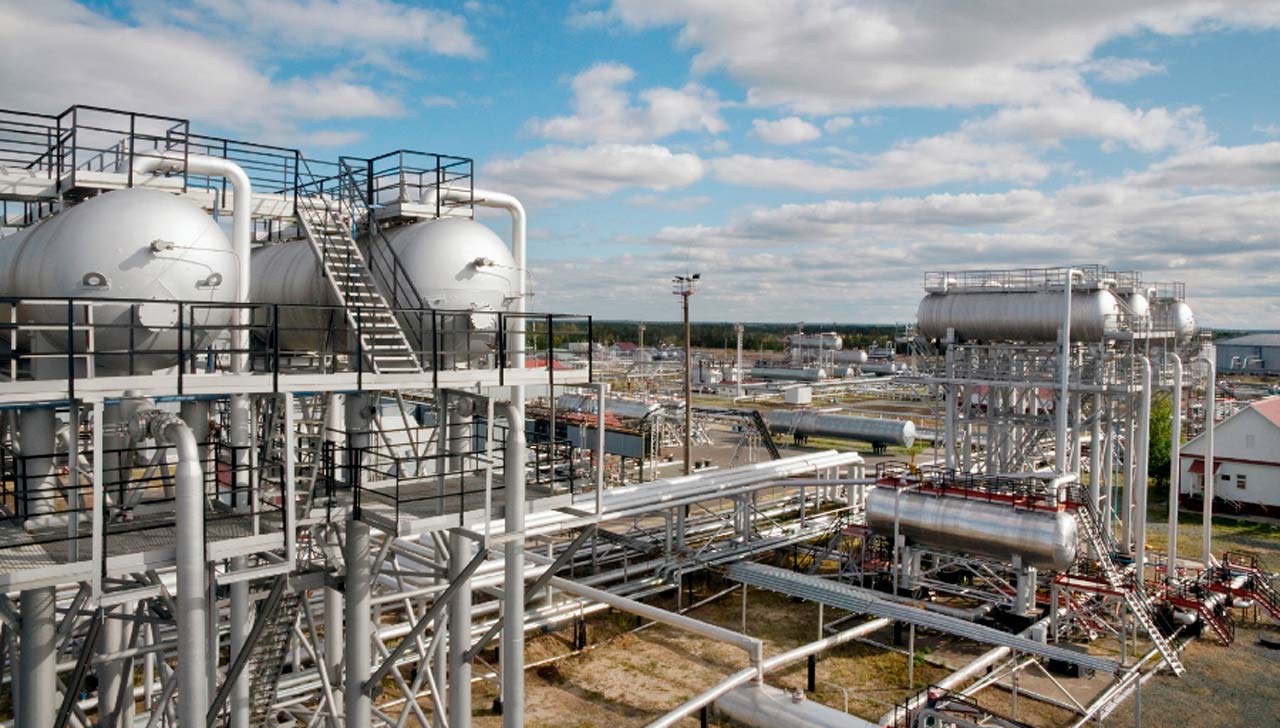In the intricate web of energy infrastructure, gas distribution installations play a pivotal role in ensuring a seamless and efficient supply of natural gas to homes, businesses, and industries. These installations are a critical component of the energy landscape, serving as the unseen arteries that transport gas from production sources to end-users. In this article, we will delve into the fascinating world of Régulateur de gaz, exploring their significance, components, and the evolving technologies shaping their future.
The Significance of Gas Distribution Installations:
Gas distribution installations form the backbone of the natural gas delivery system, ensuring that this versatile and clean-burning fuel reaches its intended destinations. They are responsible for managing the complex process of transporting gas from extraction sites to residential areas and commercial enterprises. Without these installations, the benefits of natural gas, including its cost-effectiveness and environmental advantages, would remain inaccessible to many.
Components of Gas Distribution Installations:
- Transmission Pipelines: The journey of natural gas begins with transmission pipelines, which transport the gas over long distances from production sites to distribution points. These pipelines, often vast networks crisscrossing continents, use advanced materials and technologies to ensure the safe and efficient transfer of gas.
- Distribution Centers: Distribution centers act as hubs where gas is received from transmission pipelines. These facilities play a crucial role in regulating gas pressure, conducting quality checks, and facilitating the transfer of gas to smaller pipelines that branch out into local communities.
- Regulating and Metering Stations: These stations are strategically placed along the distribution network to regulate gas pressure, ensuring a consistent flow to end-users. Additionally, metering stations accurately measure the amount of gas consumed by each customer, enabling precise billing and resource management.
- Local Distribution Pipelines: Local distribution pipelines carry natural gas from distribution centers to residential, commercial, and industrial consumers. These pipelines are typically buried underground to minimize visual impact and reduce the risk of damage.
- Service Lines and Meters: The final leg of the journey involves service lines connecting individual homes and businesses to the distribution network. Gas meters measure the quantity of gas consumed, allowing for accurate billing and helping consumers monitor their usage.
Technological Advancements in Gas Distribution:
The field of gas distribution installations is not immune to technological advancements. As the world shifts towards a more sustainable and interconnected future, innovations are emerging to enhance the efficiency, safety, and environmental performance of gas distribution networks.
- Smart Metering: Smart meters are becoming integral to gas distribution systems, offering real-time monitoring and data analytics. These devices provide consumers with detailed insights into their gas usage, promote energy conservation, and enable utilities to optimize distribution networks.
- Leak Detection Technologies: Advanced sensors and analytics tools are being deployed to detect and locate gas leaks swiftly. This not only enhances safety but also prevents the loss of valuable resources and minimizes the environmental impact associated with gas leaks.
- Automation and Control Systems: Automation is playing a pivotal role in optimizing the operation of gas distribution installations. Intelligent control systems can dynamically adjust pressure levels, reroute gas flow, and respond to changing demand, improving overall system efficiency.
Conclusion:
Gas distribution installations are the unsung heroes of the energy landscape, ensuring the smooth and reliable delivery of natural gas to millions of consumers worldwide. As technological innovations continue to transform the energy sector, these installations will evolve to meet the demands of a changing world.
